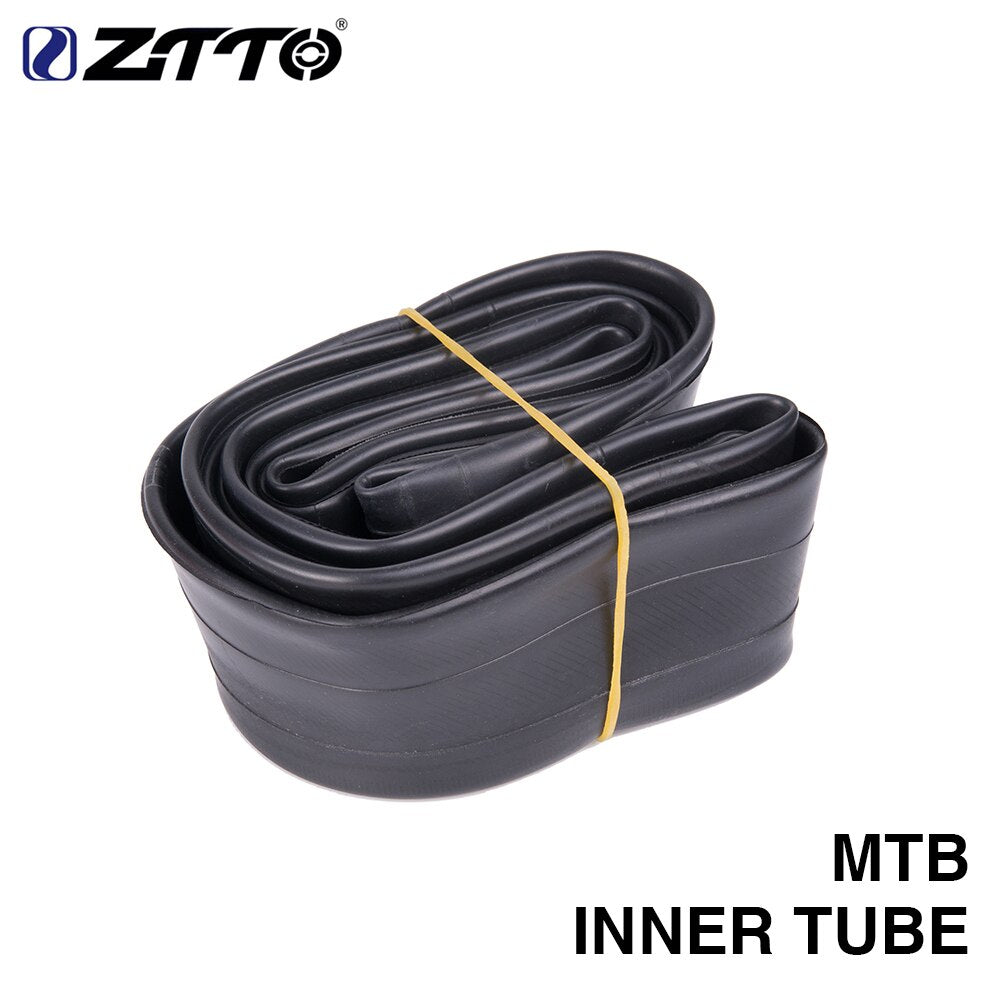ZTTO
ZTTO Bicycle Spoke Wrench Tools MTB Bike Road Bicycle Tools Steel Wheel Wheels Tool 6 Sizes In One
ZTTO Bicycle Spoke Wrench Tools MTB Bike Road Bicycle Tools Steel Wheel Wheels Tool 6 Sizes In One
无法加载取货服务可用情况
ZTTO SPOKE WRENCH
About this spoke wrench
This is a necessary tool for building, repairing, or truing wheels.
It’s made from durable steel.It’s small and lightweight, measuring 40mm (1.57in) in diameter and 11mm (.43in) in height.
It’s fit the sizes of 3.23mm, 3.30mm, 3.45mm, 3.96mm, 4.40mm and 5.00mm. Fit the nipple sizes of 127 inches, 130 inches, 136 inches, 156 inches, 173 inches, 197 inches.


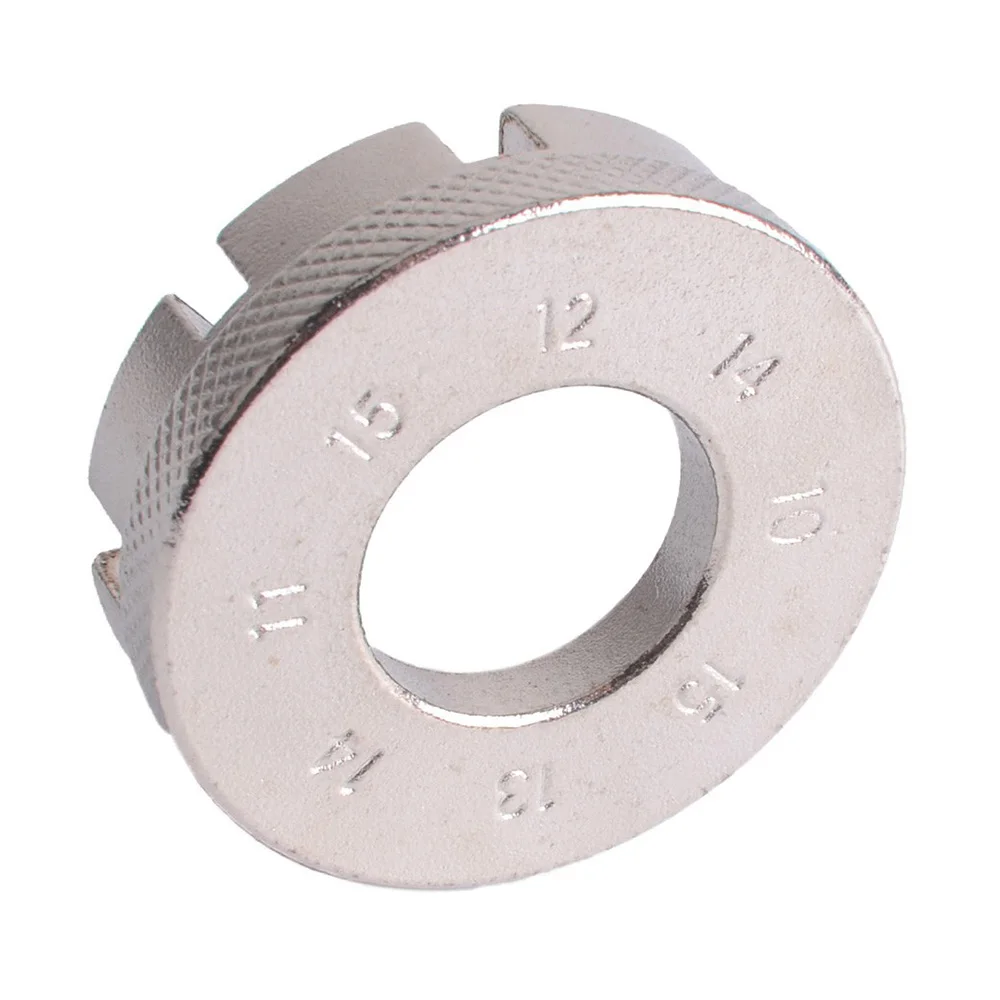



REPAIR HELP
TRUING PROCEDURE
The procedure described here emphasizes lateral true, which most affects the caliper brake. The idea is to get the wheels true enough to avoid hitting the brake pads. The other aspects of truing such as radial, centering and tension are important. For the novice mechanic, it is best to begin with lateral true in order for the brakes to work properly.
The image below is a “mechanic’s eye” view of the rim. The spoke nipples labeled A, C, and E are on the left side of the rim and come from the left side flange. Spoke nipples B, D, and F are on the right and come from the right side flange. Left side spokes tend to pull the rim toward the left. Their pulling is offset by the pull of spokes on the right. Each nipple effects relatively wide area of the rim. For example, spoke C will pulls mainly adjacent to its location, but will also effect the rim up to and even past A and F. Tightening nipple C increases spoke tension and moves that section of rim to the left. Tightening nipple D will tend to move the rim to the right. Loosening nipple C will also tend to move the rim to the right, because on the constant pull of D.
In order to see rim movement, a steady pointer is useful as a reference. A wheel-truing stand allows easier and more accurate work. It is also possible to use anything that can hold the wheel steady as a truing stand, such as the frame. A pointer can be created by using the brake pads. Radial truing and rim centering are typically not an issue when only minor corrections are made. It can help to remove the tire while truing.
- Remove wheel from bike and remove tire. (NOTE: for lateral truing, the tire can remain in place.)
- Mount wheel in truing stand, with right side of the wheel on the right side of the stand.Lubricate the threads of the spokes and where the nipple exits rim.

- Bring calipers up to rim level. Generally, place caliper tips close to outer end of braking surface.
- Spin wheel. Adjust caliper close to rim. Keep moving caliper until either side begins to lightly scrape rim. Only a light scrap is desired, bring caliper slightly away if scraping heavily.
- Stop wheel where rim and indicator are closest, at the point of the scrape.
- Rotate rim back and forth past caliper and find center of rim deviation.
- If the rim deviation is moving toward the indicator, this section of rim needs to move away from caliper.

A. IF RIM TOUCHES LEFT SIDE CALIPER, FIND CLOSEST NIPPLE TO CENTER DEVIATION COMING FROM RIGHT SIDE OF HUB FLANGE.

B. IF RIM TOUCHES RIGHT SIDE CALIPER, FIND CLOSEST NIPPLE TO CENTER DEVIATION COMING FROM LEFT SIDE OF HUB FLANGE.
- Tighten nipple 1/2 turn. Move wheel back and forth in this area and check deviation again.
- Spin wheel and locate another side-to-side deviation using indicator. Again slow and stop the rim where rim approaches indicator. Locate closest nipple opposite to center of deviation tighten nipple. If nipple appears especially tight, loosen spoke on same side as rub on indicator.
- Repeat until wheel is true. Wheel is adequately true if it wobbles less than 1/16” (1.0mm).
- Clean rim braking surface with a solvent such as rubbing alcohol or a window cleaner.
RADIAL TRUING
The wheel rim may appear to move in and out toward the center. Another way to view it is up and down. This radial aspect of the wheel can be affected by spoke tension. Sections of rim can be moved toward the hub by tightening spokes. Alternatively, sections of rim can move slightly outward by loosening spokes. It is typically best to work using pairs of spokes. By working with adjacent left-right spokes there is less of a tendency for the wheel to become laterally out of true.

- Remove wheel from bike and mount in a truing stand.
- Bring caliper close to lower outside edge of rim.
- Spin rim and bring calipers slowly closer to rim until there is a very light rub.
- Stop rim a light rub. Move rim back and forth through rub and locate center of deviation. This section of rim is relatively further from the hub than the rest of the rim. It needs to move closer to hub.
- Tighten the two spokes in the middle of the rub. Tighten each the same amount, beginning with 1/2 turn.
- Move the rim back and forth through the selected area. Repeat tightening if necessary.
- Spin the rim and move the calipers slightly closer to the rim. Correct rub by tightening a left-right pair at the center of the rub.
- After making three radial corrections, stop and double check lateral true. Correct lateral true as needed.
- After making several radial corrections by tightening, the rim may show only areas moving toward the hub. It is necessary to loosen these area to make the rim rounder.
- Spin the rim and move caliper for a light continuous scrape. The area not scraping are called low spots, or dips, and need to move away from the hub to be corrected. Isolate the center of the worst low spot
- Loosen two spoke on either side of the center of the low spot. Spokes should be adjacent left side-right side pairs.
- Repeat procedure on other low spots.
- Wheel is adequately trued for round when the deviation from the low spot to the highest spot is about 1/32 of an inch (about 0.5mm)
NOTE: If the wheel rim has been damaged and deformed from impact, such as during riding or even hipping, it may not be possible to correct the rim to a tight tolerance.

Materials
Materials
Shipping & Returns
Shipping & Returns
Dimensions
Dimensions
Care Instructions
Care Instructions
Share


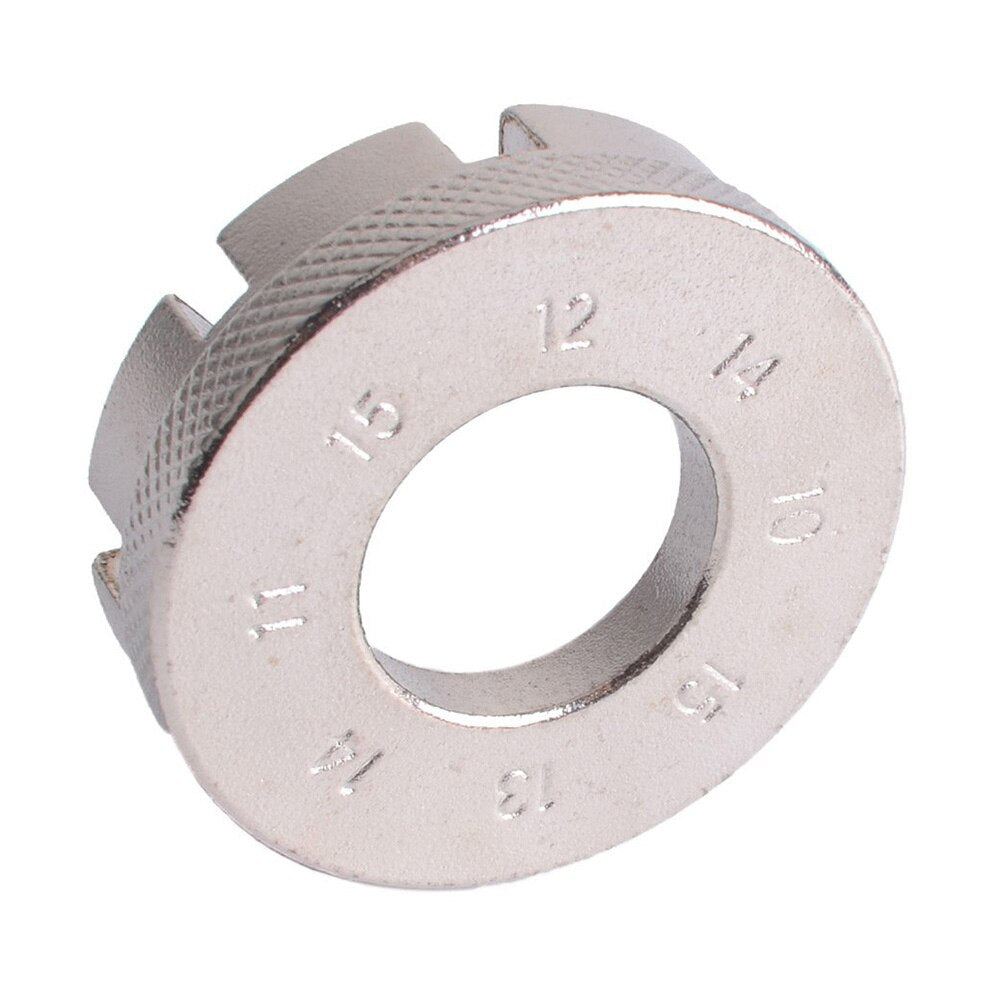
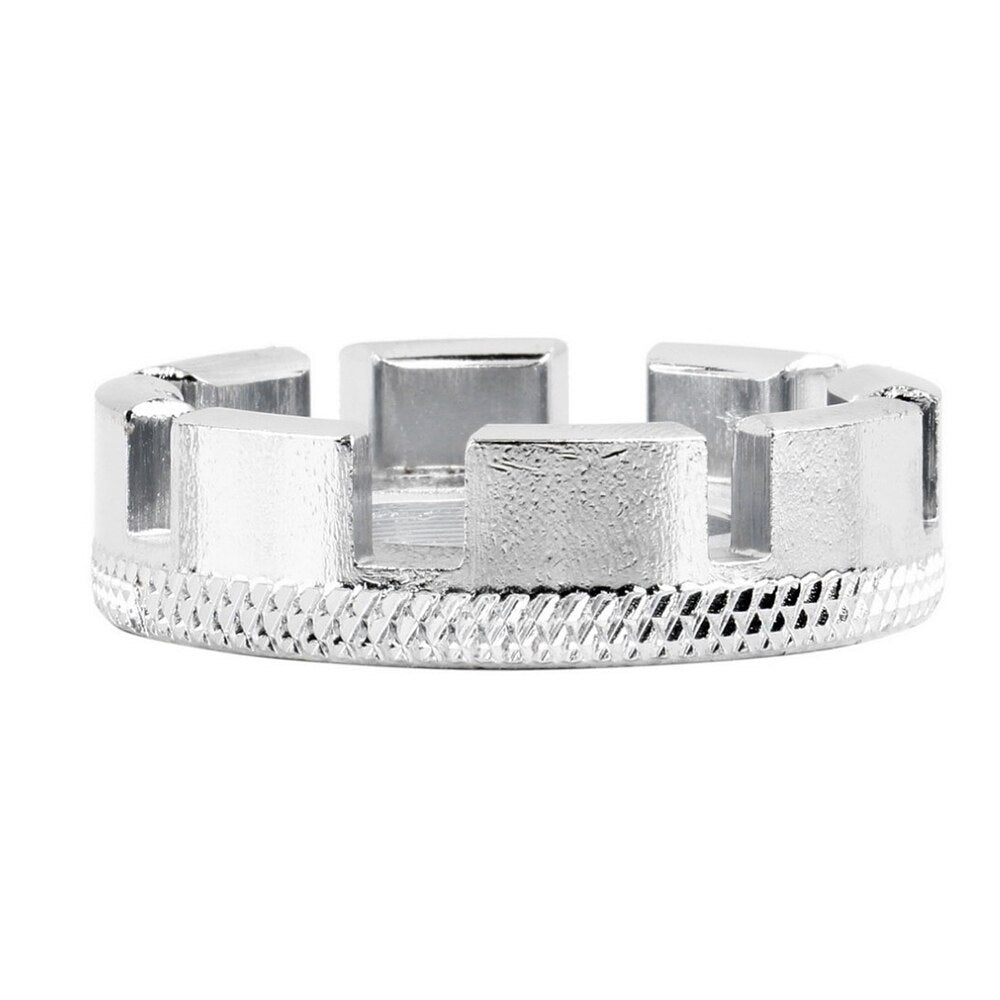
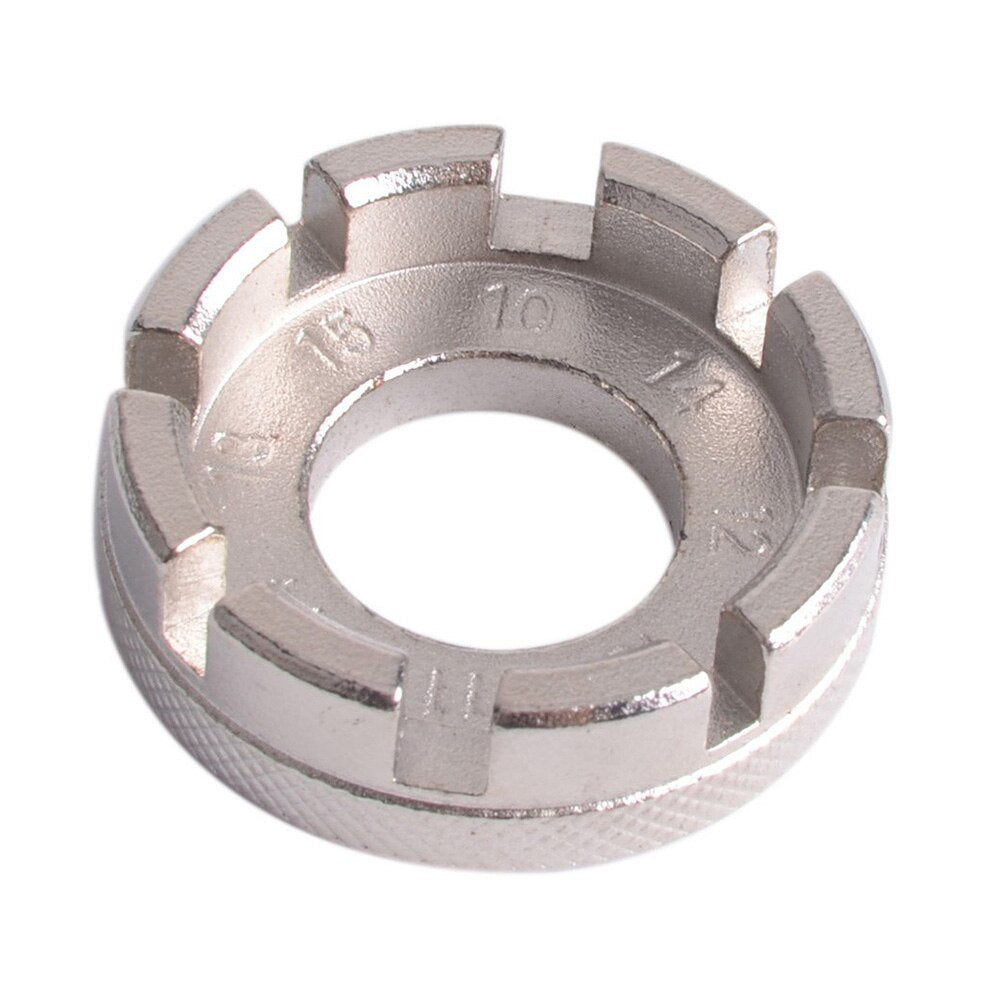
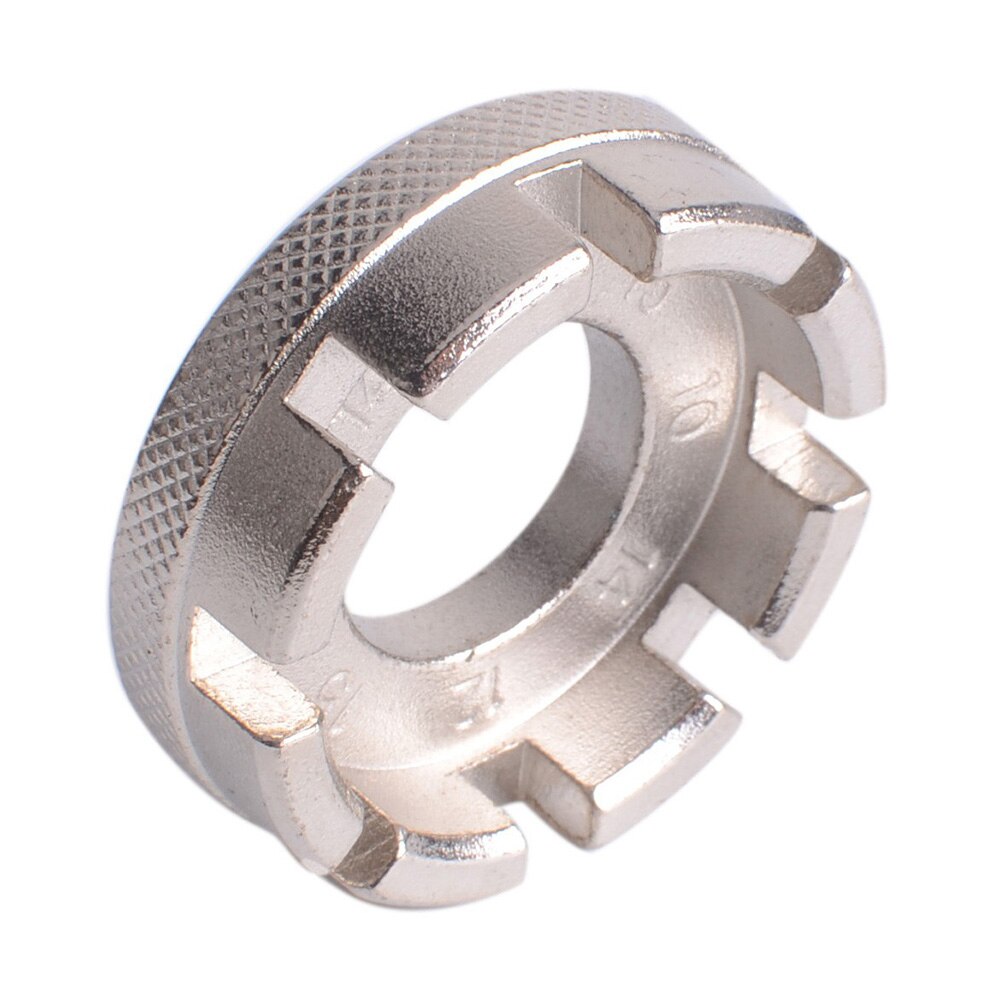
Image with text
Pair text with an image to focus on your chosen product, collection, or blog post. Add details on availability, style, or even provide a review.
-
Free Shipping
Pair text with an image to focus on your chosen product, collection, or blog post. Add details on availability, style, or even provide a review.
-
Hassle-Free Exchanges
Pair text with an image to focus on your chosen product, collection, or blog post. Add details on availability, style, or even provide a review.
